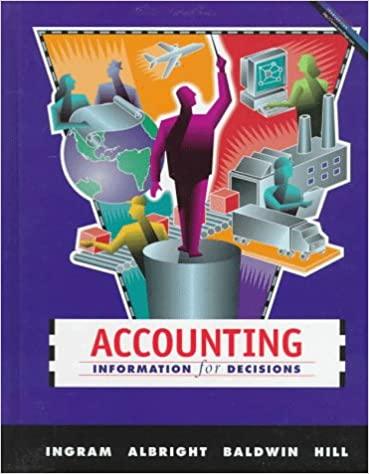
Question 5: Suppose after conducting a contingent valuation survey of the value of cleaning up a local park (there are drug needles everywhere at the moment), you collect the following willingness to pay (WTP) responses from 20 people that you surveyed that live in the community. WTP Survey Responses Individual WTP Individual WTP Individual WTP Individual WTP 1 $10 6 11 $11 16 2 $10 7 12 $10 17 $9 $8 $16 $10 $12 $10 $10,000 $7 3 $13 8 13 $6 18 4 $8 9 14 $9 19 5 $12 10 $9 15 $10 20 $10 Part (a): Using this data, how would you determine what individuals from this community are willing to pay on average to clean up the park? Why do you think this is a reasonable approach? What are some reasons that could explain the one really high WTP response? Part (b): Supposing 1,000 people live in the vicinity of the park, what do you think is a reasonable estimate of the value of cleaning up the park to the community? Part (c): Suppose you're looking back over the details of your survey responders and you notice that they all live within 1 mile of the park. Looking at the overall demographics of the community you see that only 100 of the 1,000 residents live within 1 mile of the park while some of the others live as far away as 15 miles. Now that you think about it, you set up your survey booth in the park and just asked passers by to fill out the survey. Do you think by conducting the survey in this manner you were able to get a random sample of the community? Why or why not? Do you think the WTP that you estimated from the above survey is likely to be a good estimate of the community's true WTP? If not, do you think your estimate will be biased in one direction or the other? Question 5: Suppose after conducting a contingent valuation survey of the value of cleaning up a local park (there are drug needles everywhere at the moment), you collect the following willingness to pay (WTP) responses from 20 people that you surveyed that live in the community. WTP Survey Responses Individual WTP Individual WTP Individual WTP Individual WTP 1 $10 6 11 $11 16 2 $10 7 12 $10 17 $9 $8 $16 $10 $12 $10 $10,000 $7 3 $13 8 13 $6 18 4 $8 9 14 $9 19 5 $12 10 $9 15 $10 20 $10 Part (a): Using this data, how would you determine what individuals from this community are willing to pay on average to clean up the park? Why do you think this is a reasonable approach? What are some reasons that could explain the one really high WTP response? Part (b): Supposing 1,000 people live in the vicinity of the park, what do you think is a reasonable estimate of the value of cleaning up the park to the community? Part (c): Suppose you're looking back over the details of your survey responders and you notice that they all live within 1 mile of the park. Looking at the overall demographics of the community you see that only 100 of the 1,000 residents live within 1 mile of the park while some of the others live as far away as 15 miles. Now that you think about it, you set up your survey booth in the park and just asked passers by to fill out the survey. Do you think by conducting the survey in this manner you were able to get a random sample of the community? Why or why not? Do you think the WTP that you estimated from the above survey is likely to be a good estimate of the community's true WTP? If not, do you think your estimate will be biased in one direction or the other







